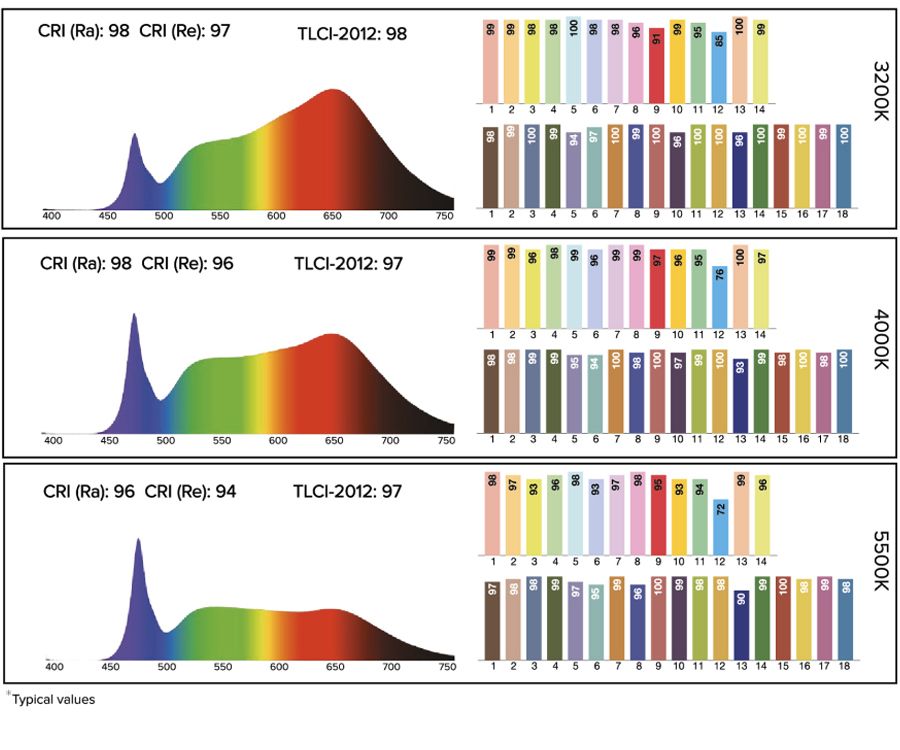型号 | AX2-50 |
|---|---|
Titan LED引擎集成 | Titan LED引擎集成 |
颜色 | RGBMintAmber |
LED总功率 | 80 W |
LED额定功率 | 40 W |
总光通量2700K | 1 800 Lumens |
Luminous Flux 3200K | 2 230 Lumens |
总光通量5500K | 2 265 Lumens |
光照强度(2700K,距离1M) | 8 995 Lux |
光照强度(3200K,距离1M) | 11 060 Lux |
光照强度(5500K,距离1M) | 11 010 Lux |
显色指数 (CRI(Ra)/TLCI 3200-6500K*) | ≥96 |
出光角度 | 21° |
出光角度(IES规范) | 42° |
频闪效果 | 0 – 25 Hertz |
像素 | 8 |
电池运行时间 | 长达20小时 |
电池续航时间(最大亮度) | 2 h 50 m |
电池寿命 | 充放电循环300次后剩余70%电力 |
充电时间(标称) | 5小时 |
输入电压 | 96-264 VAC, 50/60 Hertz, 2 A, 49 W |
AC交流连接器 | PowerCON TRUE1电缆输入/输出 |
有线DMX | 支持 (via 5-pin XLR) |
CRMX接收器 | 内置 |
蓝牙网桥系统(BTB) | 不支持 |
快速连接 | 支持 |
无线协议 | 支持CRMX,UHF |
无线通信距离 | CRMX/UHF可达300米/330码 |
红外线控制 | 支持 |
外壳材料 | 铝合金 |
IP等级 | IP65 |
环境工作温度 | 0 – 40 °C / 32 – 104 °F |
重量 | 4.5 kg / 9.9 lbs |
不带挂钩的尺寸 长x宽x深) | 500 mm x 165 mm x 65 mm / 19.7" x 6.5" x 2.6" |
带挂钩的尺寸(长x宽x深) | 520 mm x 165 mm x 65 mm / 20.5" x 6.5" x 2.6" |
安装选项 | 轨道安装,2个AX2支架(带3/8 "螺纹)。 |
All specifications provided are typical values and may be subject to change without prior notice.
